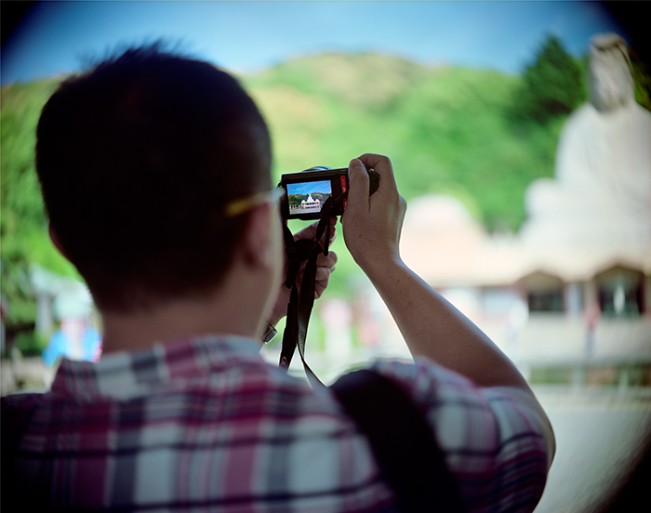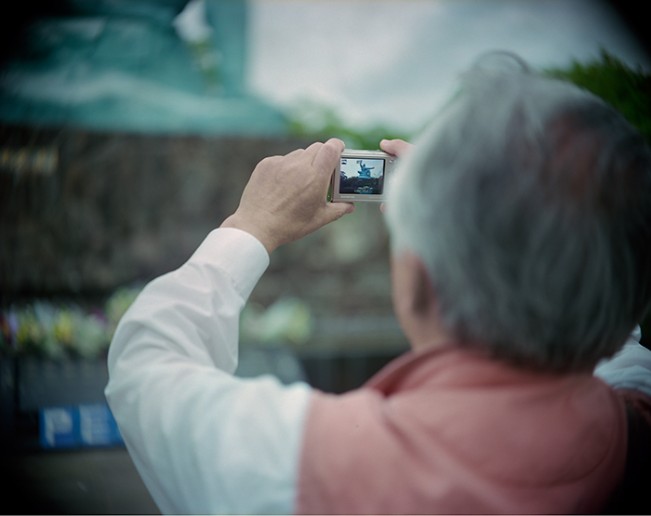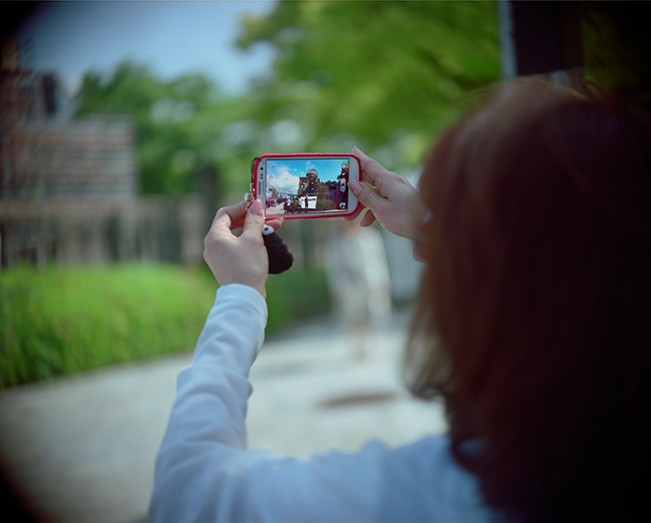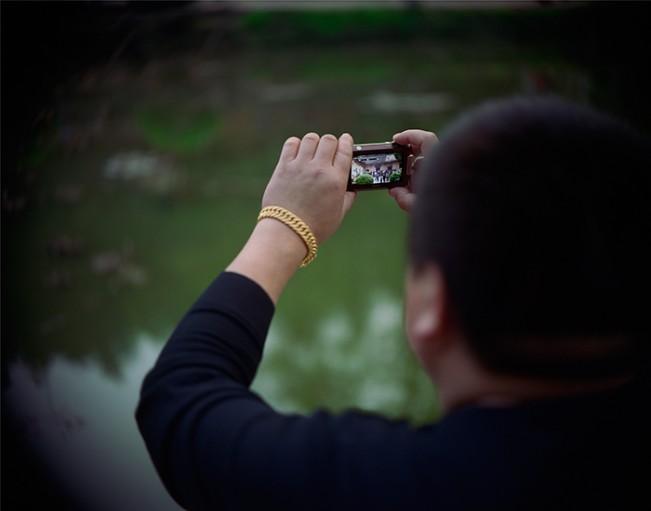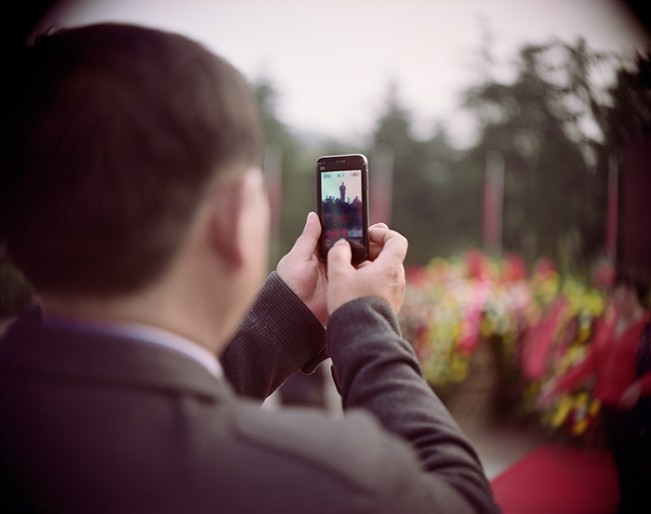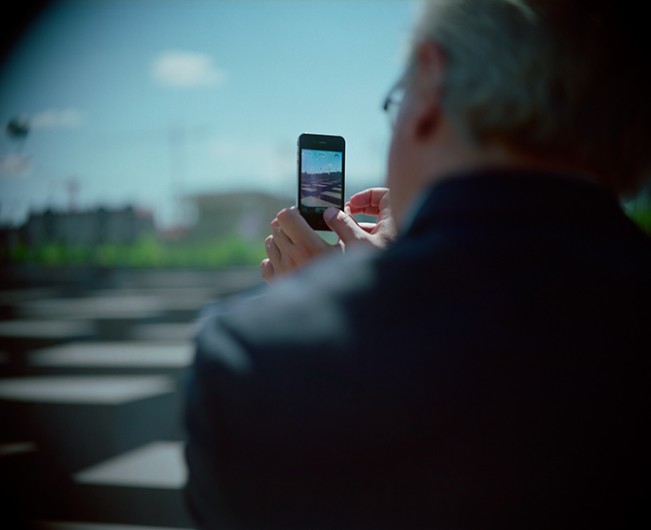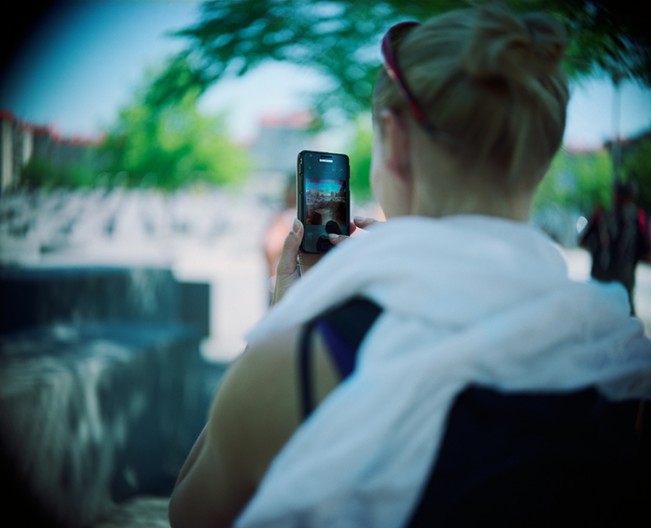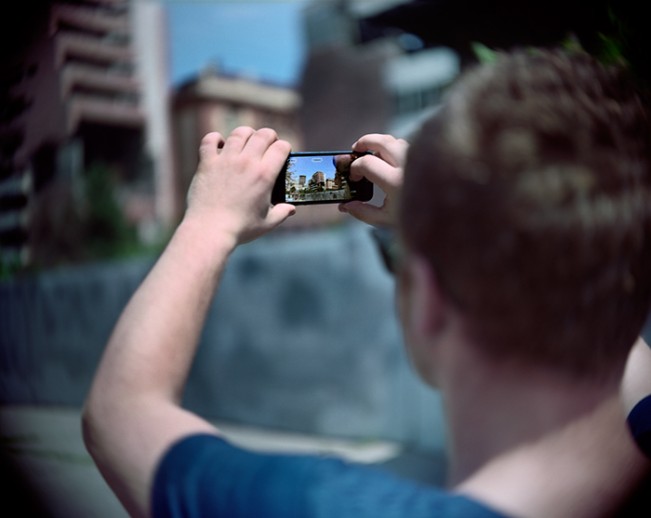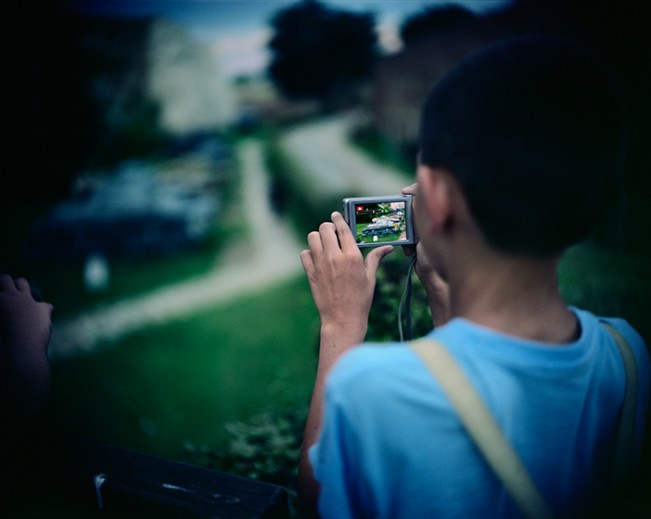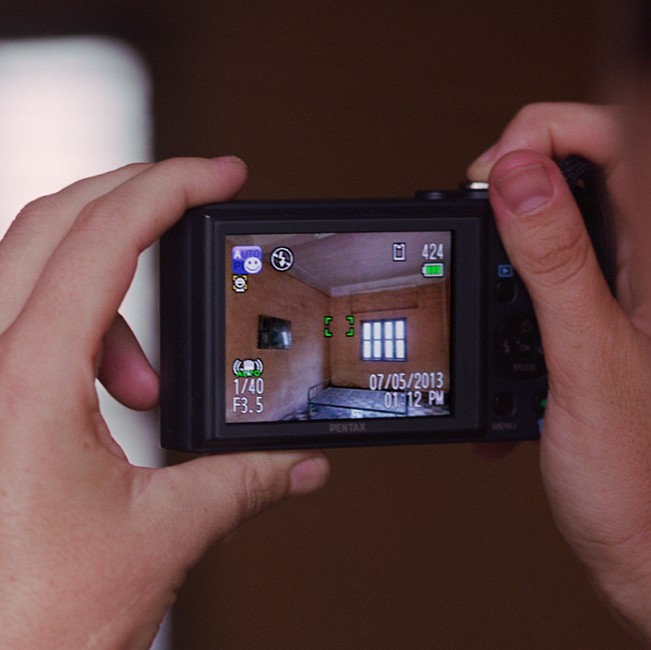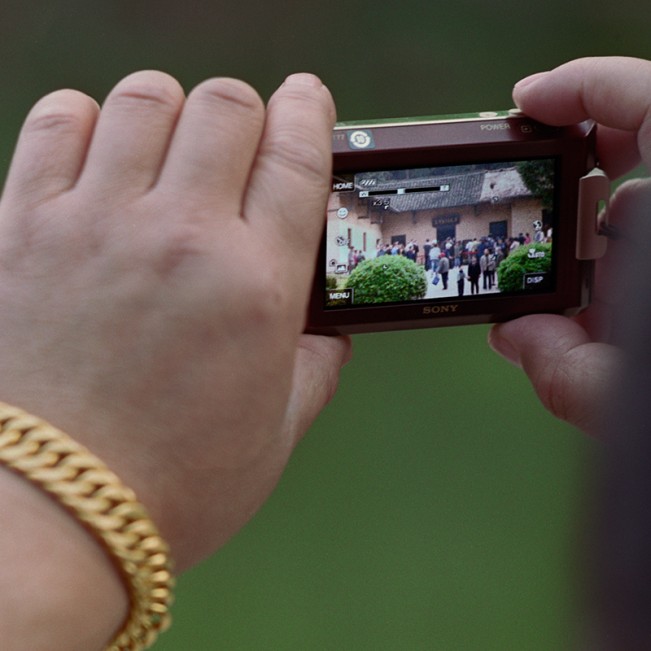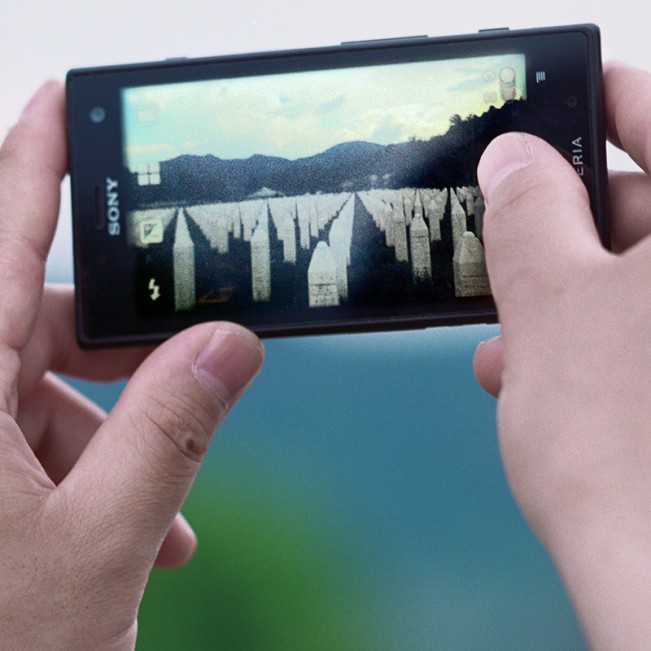Ben Altman: Site/Sight
Looking at work seen at the Filter Photo Festival
Ben Altman uses his photography to examine big ideas–ideas of place, belonging, and identity, but also historical and political issues and the complicity of ordinary people. He’s an observer and synthesizer, a provocateur and collaborator and he welcomes new connections and interpretations of his work. The project featured today, Site/Sight, asks us to consider the history of atrocities, often memorialized in static tributes, but the project also takes on another layer of examination, exploring how we experience the world through our screen culture, distancing us further from the original event.
Ben took a winding road to being an artist, including towing icebergs, professional sailboat racing, and commercial photography. A British-born naturalized US citizen with an English mother and an English-Jewish father Ben studied Physics at University College London. In addition to photography he works with sound, installation, assemblage, video, and participation. He is an alumnus of the New York Foundation for the Arts’ MARK professional development program.
In 2013, Ben’s solo show Say Peekskill was part of the Hudson Valley Center for Contemporary Art’s Peekskill Project V. He exhibited at ArtRage gallery in Syracuse, NY as part of the TONY:2012 Biennial. In other recent shows his project The More That Is Taken Away was part of Figure Drawing at Pratt MWPAI, Utica, NY. He contributed to skin hides with 2×2 Collective at Gallery Aferro in Newark, NJ. He has shown work at City Without Walls, Newark NJ; Collaborative Concepts’ The Farm Project at Saunders Farm, Garrison, NY; the Schweinfurth Museum, Auburn, NY; and in many venues in Ithaca, NY. he now lives in rural upstate New York. The More That Is Taken Away is fiscally sponsored by Artspire, a program of NYFA, and received an Electronic Media and Film Finishing Funds grant from the New York State Council on the Arts. With 2×2 Ben was a resident at Sculpture Space, Utica, NY, in 2012.
Ben is about to open an exhibition, 2 x 2 Collective: double consciousness, curated by Sandra Stephens at The Arts Center of the Capitol Region in Troy, New York on October 25th with members of his 2×2 collective, Maria Driscoll Mahon, Sandra Stevens, and guest artist, Carla Rae Johnson. The exhibition will run through December 21st.
Site/Sight
The violent turning points of modern history are memorialized – or not – in a variety of ways and for various purposes. I am interested not only by how these histories shape contemporary events and understandings but also how to think about them in ways that inform my own comforts and privileges. Although only collateral branches of my father’s generation were caught up in the Holocaust – I was born in England of mixed Jewish and Anglican stock – such history for me inextricably combines personal and global.
I photographed Sites/Sights in a number of countries, at places, monuments, and museums with connections to atrocity. In each image an anonymous visitor holds their camera between themselves and the site – creating a peculiar relationship, both spatial and emotional, to the place, its origins and its meanings. That relationship is mediated in a very contemporary way by their camera, phone, or tablet. It is also public, on the back of the device. My subjects are not usually aware that they and their photography have been photographed, even though I hand-hold a large press camera – a 4×5 made in the 1940’s.
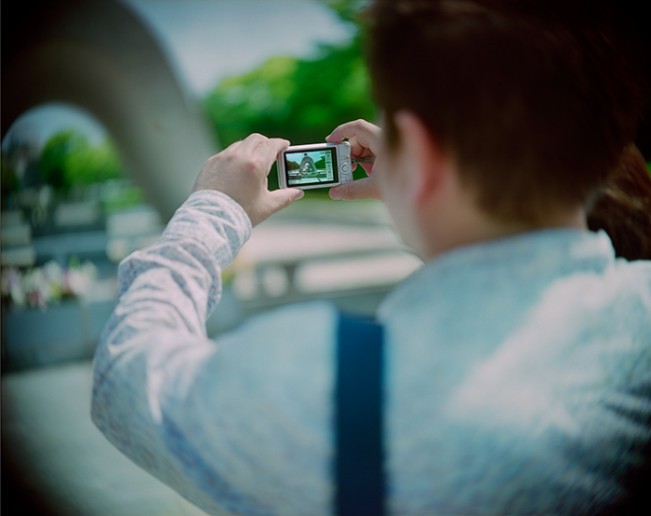
Cenotaph for the Atomic Bomb Victims, Hiroshima Peace Memorial Park. Hiroshima, Japan
image by Ben Altman
Monuments are supposed to preserve memory but tend to replace it, providing distance and closure. Their accounts of history are often suspect. Memorials to atrocity are more complex, particularly at sites of mass murder. They attempt to educate, exhort, and record, while providing solemnity, mourning, and burial. Inevitably they encourage a kind of prurience. Photographs often contain many of these same intentions and values; photographing at such places has particular resonance.
I use a lens that barely covers the film, providing shallow focus and an image that fades to black in the corners. The camera’s rangefinder helps me focus in the brief moment available. By using the past to look at the present, my awkward and obsolete equipment with its compromised vision fits well with the project.
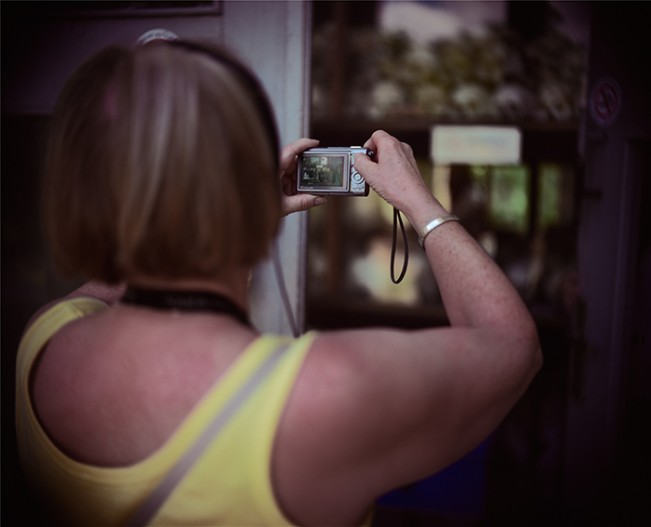
Memorial Stupa with Victims’ Skulls, Cheoung Ek Killing Fields. Phnom Penh. Kingdom of Cambodia
image by Ben Altman
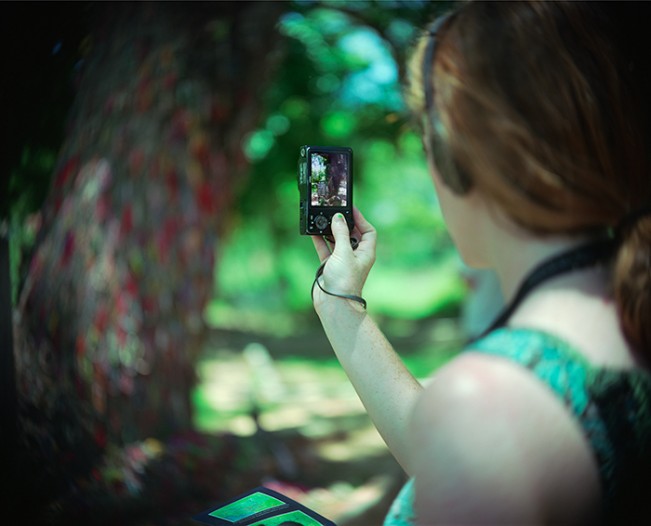
Tree Used for Smashing the Heads of Children, Cheoung Ek Killing Fields. Phnom Penh. Kingdom of Cambodia
image by Ben Altman
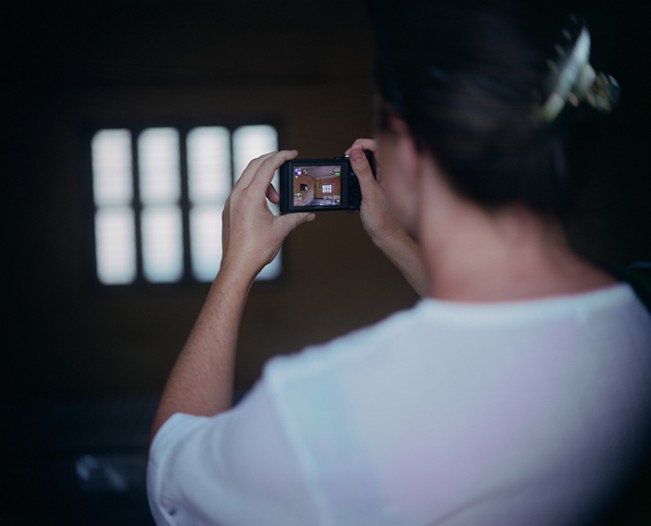
Interrogation Room at S21 Tuol Sleng Prison and Torture Center. Phnom Penh, Kingdom of Cambodia
image by Ben Altman
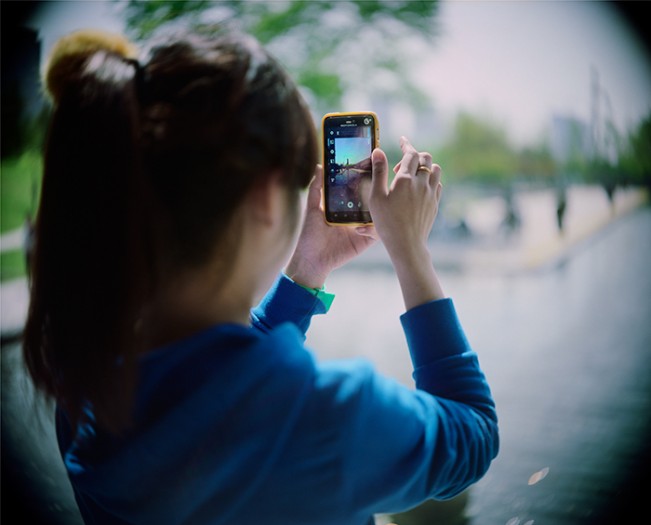
Goddess of Peace Statue and Peace Park, Memorial Hall to the Victims of the Nanjing Massacre (Rape of Nanking). People’s Republic of China
image by Ben Altman
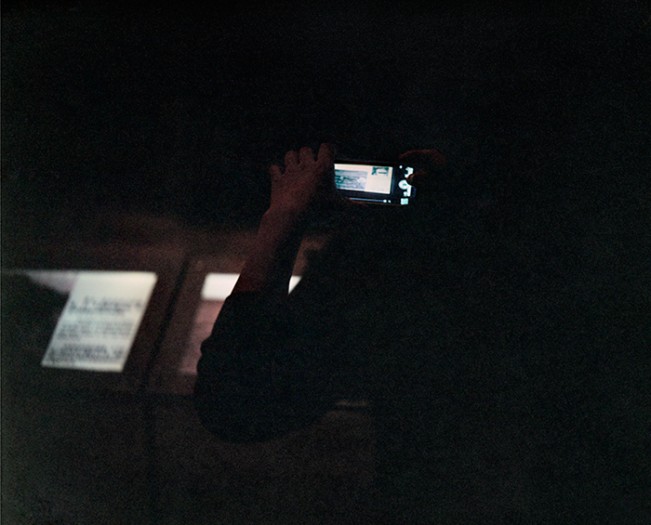
Informational Display, Mass Grave of 10,000 Corpses, Memorial Hall to the Victims of the Nanjing Massacre (Rape of Nanking). People’s Republic of China
image by Ben Altman
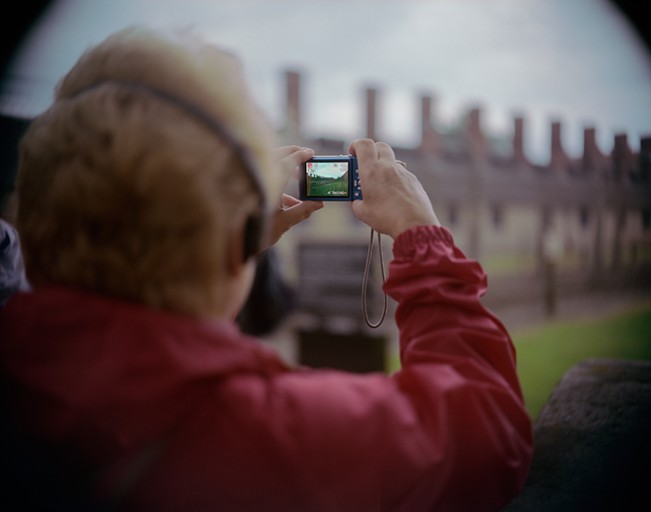
Auschwitz I Concentration Camp, Auschwitz-Birkenau State Memorial and Museum. Oświęcim, Republic of Poland
image by Ben Altman
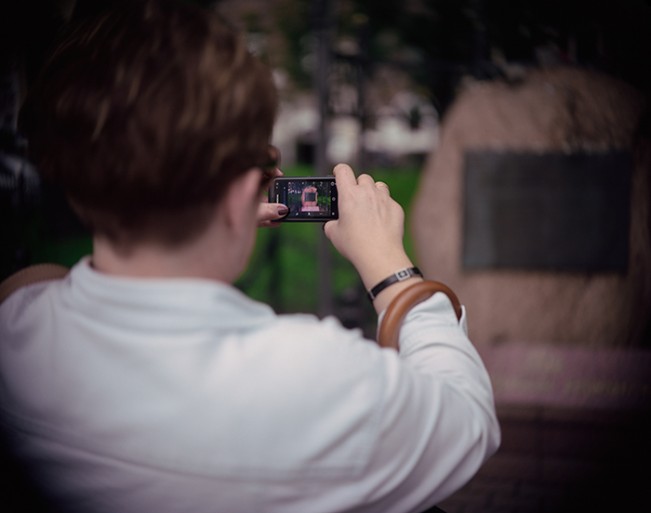
Memorial and Place of Meditation upon the Martyrdom of 65,000 Polish Citizens of Jewish Nationality from Cracow. Kasimierz, Republic of Poland
image by Ben Altman
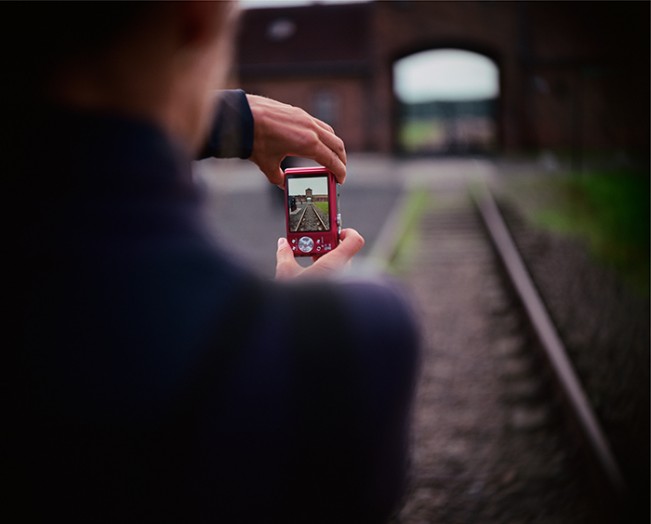
Auschwitz II-Birkenau Death Camp, Auschwitz-Birkenau State Memorial and Museum. Oświęcim, Republic of Poland
image by Ben Altman
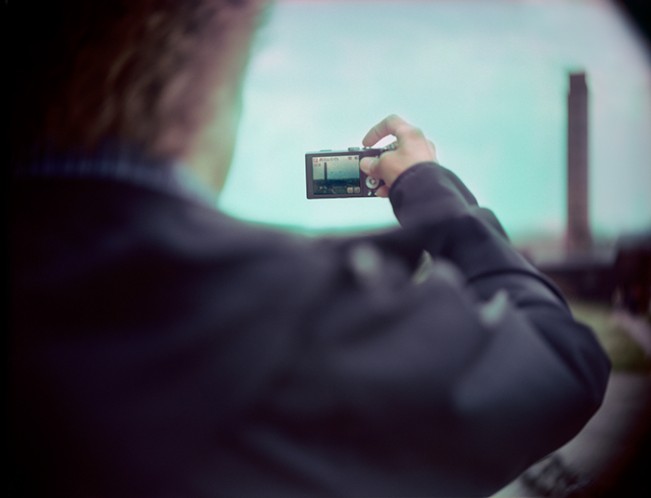
Crematorium at Majdanek Concentration Camp, Majdenek State Museum. Lublin, Republic of Poland
image by Ben Altman
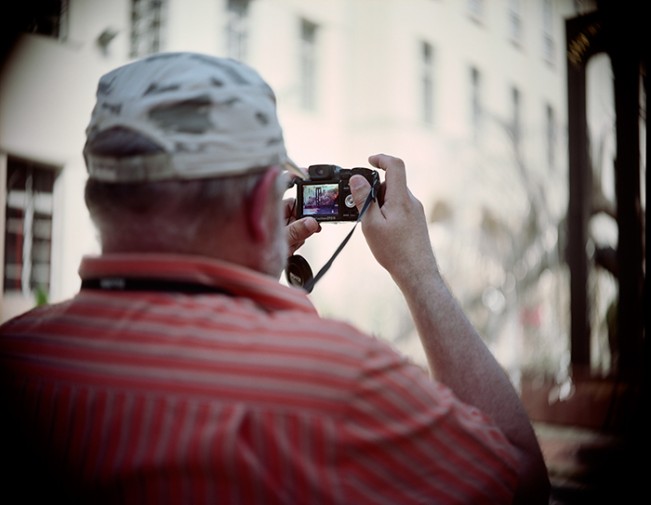
Raoul Wallenberg Holocaust Memorial Park, Dohany Street Synagogue. Budapest, Hungary
image by Ben Altman
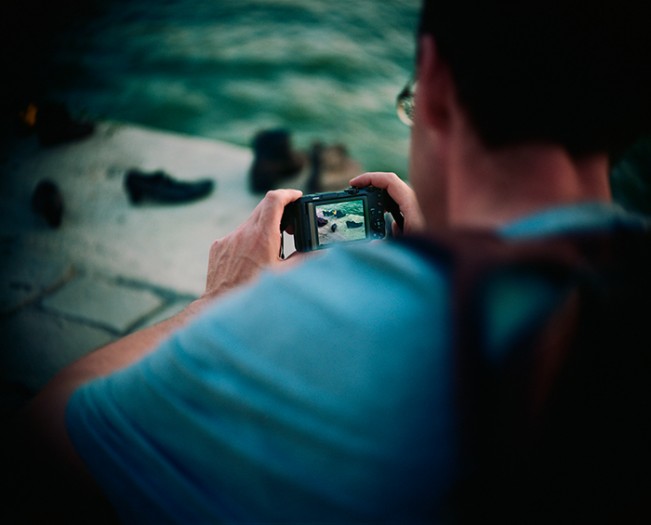
Shoes on the Danube Promenade Holocaust Memorial to Victims of the Arrow Cross Militia, Shot into the River. Budapest, Hungary
image by Ben Altman
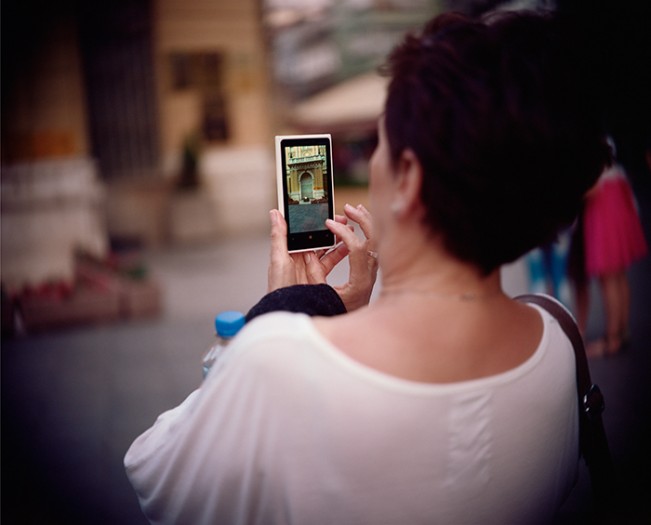
Eternal Flame Memorial to the Military and Civilian Victims of the Second World War in Sarajevo. Sarajevo, Federation of Bosnia and Herzegovina
image by Ben Altman
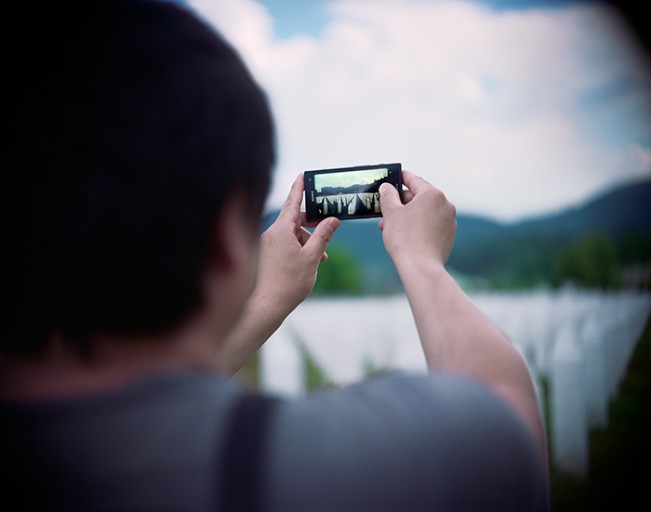
Srebrenica-Potočari Memorial and Cemetery for the Victims of the 1995 Genocide. Potočari, Federation of Bosnia and Herzegovina
image by Ben Altman
A few detail shots..
Posts on Lenscratch may not be reproduced without the permission of the Lenscratch staff and the photographer.
Recommended
-
Salua Ares: Absense as FormNovember 29th, 2025
-
Ricardo Miguel Hernández: When the memory turns to dust and Beyond PainNovember 28th, 2025
-
Pamela Landau Connolly: Columbus DriveNovember 26th, 2025
-
KELIY ANDERSON-STALEY: Wilderness No longer at the Edge of ThingsNovember 19th, 2025
-
Jackie Mulder: Thought TrailsNovember 18th, 2025

